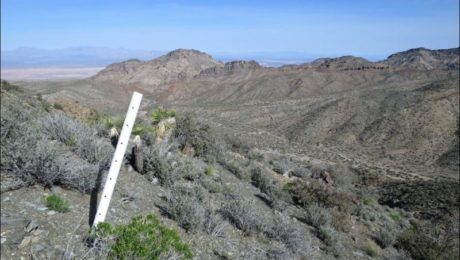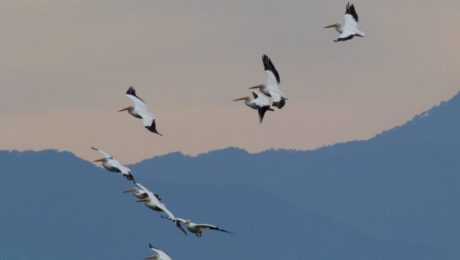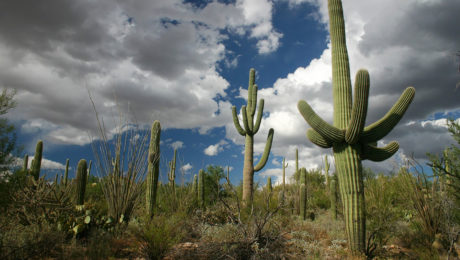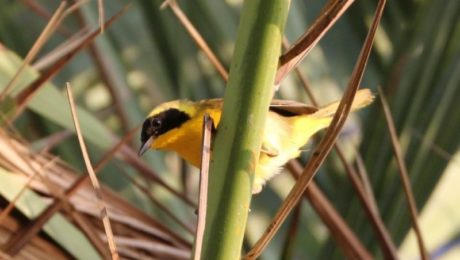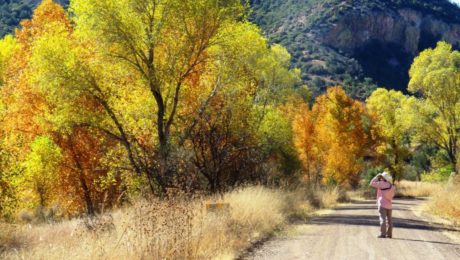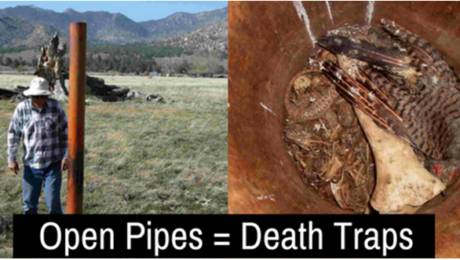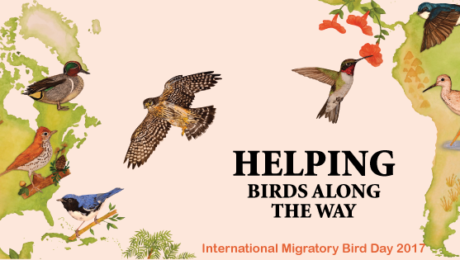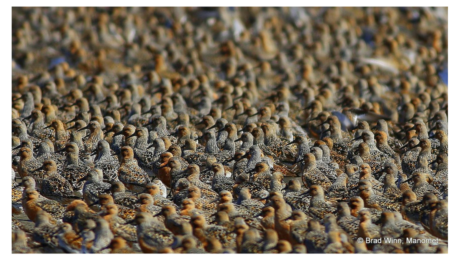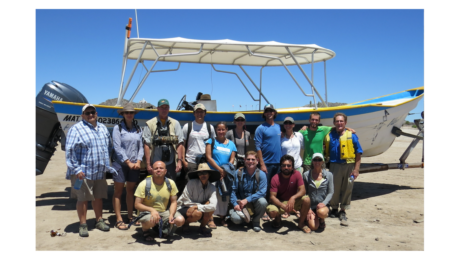Nevada Leads the Charge to Prevent Accidental Bird Deaths from Mining Claims
In our last newsletter, we introduced you to the danger that open vertical pipes represent for birds. Now learn more about open pipes, mining claims, and the people and organizations working to address this issue.
- Published in News
Round Trip Flights: Salt Lake City to Mazatlan
Did you know there is a strong connection between birds in Utah and Mexico? The American White Pelican commonly breeds in Utah and Idaho, and then travels south to spend the winter in Mexico. Researchers are banding birds and using GPS transmitters to track their movements. Follow along on their tracking website and keep on the lookout for banded birds!
- Published in News
The Sonoran Joint Venture Awards Grants to Seven Projects in 2017
The Sonoran Joint Venture recently selected its finalists for the 2017 SJV Awards Program. The objective of the SJV Awards Program is to support the investigation and conservation of birds and their habitats within SJV boundaries by providing funds through a competitive program. The SJV is pleased to announce the following award recipients.
- Published in Awards Program, News
Belding’s Yellowthroat Conservation in southern Baja California
The SJV Awards Program supported the work of biologists in Baja California Sur to research the endemic and endangered Belding’s Yellowthroat, as well as to develop strategies for its conservation.
- Published in News
Arizona Welcomes Four Newly Designated Important Bird Areas
The Arizona Important Bird Areas Program is a collaborative partnership that works to protect critical bird habitat. This year, the program added four new additions: Patagonia Mountains, Tucson Mountains, Las Cienegas National Conservation Area, and the Tucson Sky Island Region.
- Published in News
Open Pipes: A Hidden Killer for Birds
We are working to raise awareness about a silent killer within the bird conservation community, open vertical pipes. They can be found almost everywhere – on homes, office buildings, construction sites, agricultural fields, mining operations, even on protected public lands. They can take the form of fence posts, sign posts, irrigation systems, survey markers, vents on buildings and even vault toilet ventilation ducts. Any open vertical pipe between one and 10 inches in diameter with smooth walls (such as PVC or metal) is basically a death trap where birds and other wildlife can become ensnared and perish.
- Published in News
Celebrating the Importance of Stopover Sites
This year, we celebrate International Migratory Bird Day by recognizing the importance of stopover sites for migratory birds. Events are taking place world-wide to promote the conservation and knowledge of vital areas used by birds to rest and refuel on migratory journeys.
- Published in News
Safeguarding Our Shorebirds: Launch of the Pacific Americas Shorebird Conservation Strategy
Led by the U. S. Fish and Wildlife Service and the National Audubon Society, 15 different countries participated in the development of a major new resource for the conservation of shorebirds along the entire Pacific Americas Flyway. The Pacific Americas Shorebird Conservation Strategy integrates conservation actions across the full suite of geographical, ecological, and cultural landscapes to provide a coordinated and connected framework to protect shorebirds and their habitats.
- Published in News
SJV Science Working Group Welcomes New Participants
All are welcome to participate in the Sonoran Joint Venture’s Science Working Group, a “conservation think tank” that conducts bird conservation planning, monitoring, and project development for the SJV region.
- Published in News
Emily Clark Joins SJV as Communications and Partnerships Specialist
Meet Emily Clark – the newest member of the Sonoran Joint Venture staff! Emily recently joined SJV as Communications & Partnerships Specialist. Emily’s career has taken her all over the county and throughout Latin America, including spending two years as a Research and Conservation Fellow for The Prescott College Kino Bay Center for Cultural and Ecological Studies in Sonora, Mexico.
- Published in News


 English
English  Español
Español 